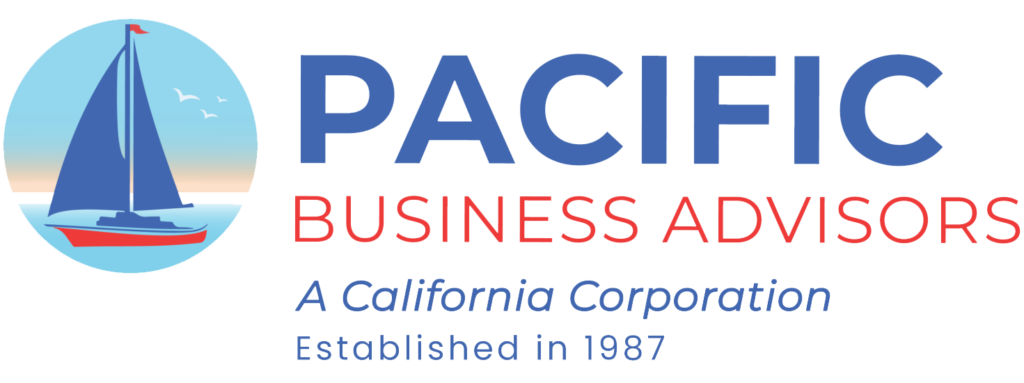

Glossary of Franchise Terms
Controller or Comptroller
This person is the chief accountant for a firm and may also serve as Treasurer in smaller firms.
Creative Destruction
This refers to new technologies and businesses that produce new industries and jobs that end up destroying or minimizing older industries that become obsolete. Examples include personal computers replacing typewriters, automobiles destroying the business of making harnesses (for horses), and on-line publications replacing traditional print newspapers. Creative Destruction is inherent in capitalism and freedom. It is not to be confused with the definition described by Karl Marx.
Current Assets
These are cash, accounts receivable, inventory and other assets that are likely to be converted into cash in the normal course of business within twelve months.
Current Liabilities
These are liabilities that are due within twelve months.
Current Ratio
This important ratio is determined by dividing the current assets by the current liabilities. The ratio indicates a firm's ability to pay its current obligations from current assets. A firm with a reliable cash flow can operate more safely with a low current ratio than a firm with an unreliable cash flow.
Debt to Equity Ratios
There are three common debt to equity ratio calculations used to evaluate a firm's financial statement:
Total liabilities divided by total shareholders' equity. This ratio indicates to what extent shareholders' equity is available to cover creditors' claims if there is a liquidation.
Total long term debt and preferred stock divided by common stock equity. This measures securities with fixed charges to those without any fixed charges.
Total long term debt divided by shareholders' equity. This ratio indicates the extent of leverage. Leverage is the use of borrowed funds for the purpose of increasing the return on the equity of the common shareholders.
Direct Bank
See Virtual Bank.
Dividend Yield
The annual rate of return earned by an investor based on dividends only.
Division of Labor
The Division of Labor or Specialization of Labor refers to breaking down the production process into a sequence of stages where employees specialize and focus their efforts on a single stage. The division of labor increases productivity, increases profits, and results in higher wages and benefits. The division of labor encourages trade. See Comparative Advantage.
Earnings Multiple
See Price / Earnings Ration (P/E Ratio).
Growth Stocks
See Performance Stocks.
Hyperinflation
This is inflation that is out of control, where people lose confidence in the value of currency and put their assets in hard assets like gold, certain stocks, and real estate, including land. Historically, people start to lose confidence in their currency when the government is printing large amounts of money, deficits are out of control, or inflation exceeds five percent per year. See Inflation Hedge. See Barter.
Indenture or Deed of Trust
An indenture is a written contract between the issuer of bonds and the bond holders setting forth all terms. It is sometimes called a Deed of Trust. The indenture will provide for the appointment of a trustee to act on behalf of the bondholders.
Inflation
The increase in the price of goods, services, and other assets. Inflation causes a loss of purchasing power where currency loses value. It occurs when the supply of money increases faster than the economy is growing. See Hyperinflation and Inflation Hedge.
Inflation Hedge
An investment designed to protect the investor from the loss of purchasing power caused by inflation. Inflation hedges are usually investments in gold, certain stocks, and real estate, including land.
PacificBusinessAdvisors.net
Office: 818-991-5200
Direct: 818-991-9019